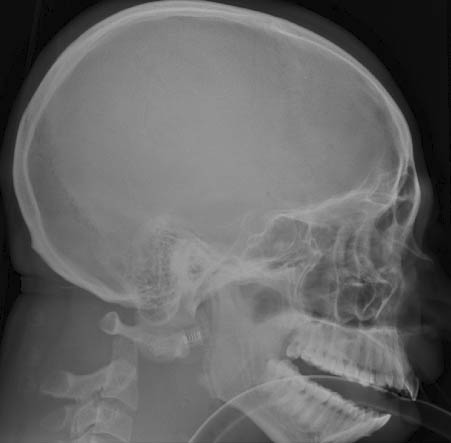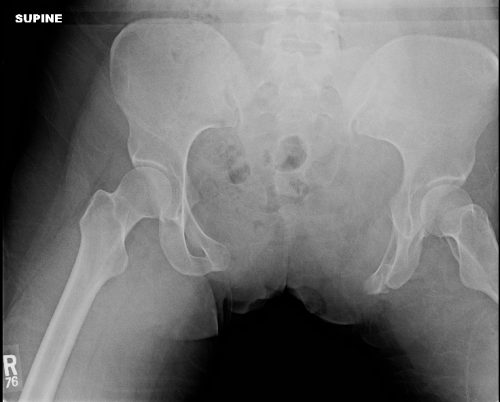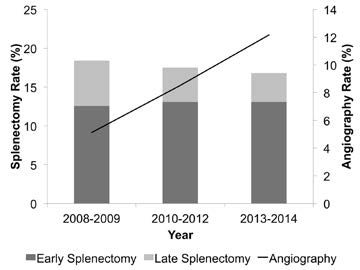
There are multiple ways to clear a cervical spine! Most centers use a combination of clinical decision tools and CT scan in adults. The gold standard tie breaker, warranted or not, seems to be MRI. This tool is only used in select cases where conventional imaging is in doubt, or the clinical exam is puzzling.
Some centers clear based on CT only as long as imaging is indicated. Some use MRI in cases where patients continue to complain of midline neck pain or tenderness after negative CT. A multi-center trial encompassing 8 Level I and II centers prospectively performed MRI on patients who could not be clinically evaluated, or had persistent midline cervical pain after normal CT.
A total of 767 patients were seen over a 30 month period. Besides looking at the usual data points, the authors were interested in new diagnoses and changes in management based on the MRI results.
Here are the factoids:
- Neck pain and inability to evaluate occurred with equal frequency, about 45%; the remaining 10% had both
- 23% of MRIs were abnormal, with 17% ligament injury, 4% swelling, 1% disk injury, and 1% dural hematomas.
- Patients with normal and abnormal MRI had neurologic anomalies about equally (15-19%). [Why are these patients included? Were they initially not evaluable?]
- The cervical collar was removed in 88% of patients with normal MRI (??), and in 13% with abnormal MRI
- After (presumably) positive MRI, 14 (2%) underwent spine surgery; 8 of these had neurologic signs or symptoms
Bottom line: I’m a bit confused. If the authors were really trying to figure out the rate of abnormal MRI after negative CT, they should have excluded the patients with known neurologic findings. These patients should nearly always have an abnormal MRI. And why did they not take the collar off of the 12% of patients with both normal CT and MRI??
Hopefully, details in the presentation next week will help explain all this. I suspect that the study will show that there are cases where CT is normal but MRI is not. The abstract does not clearly describe how many of these are clinically significant.
I admit, I’m not very comfortable clearing the cervical spine in a patient with negative CT (even if read by a neuroradiologist) and obvious midline neck pain/tenderness. I hope this study helps clarify this issue. We shall see…
Reference: Cervical spine MRI in patients with negative CT: a prospective, multicenter study of the research consortium of New England centers for trauma (ReCONECT). AAST 2016, Paper 61.


